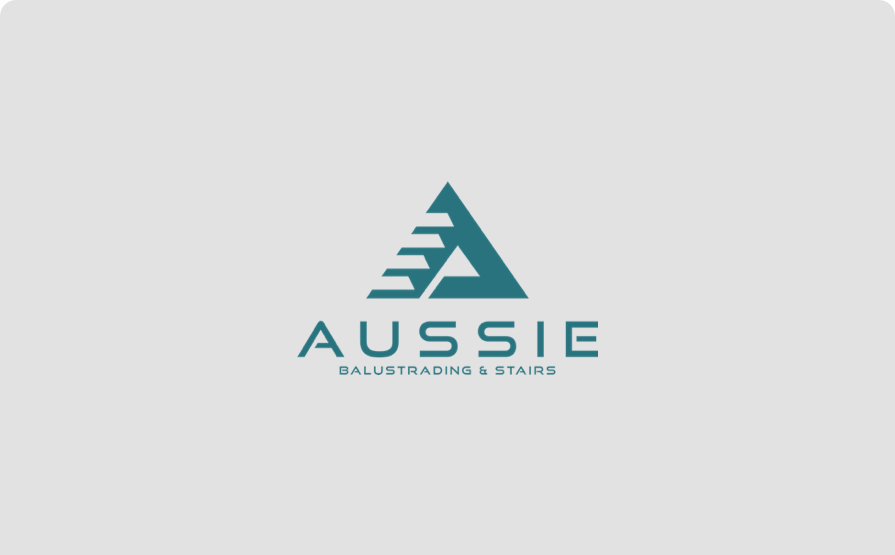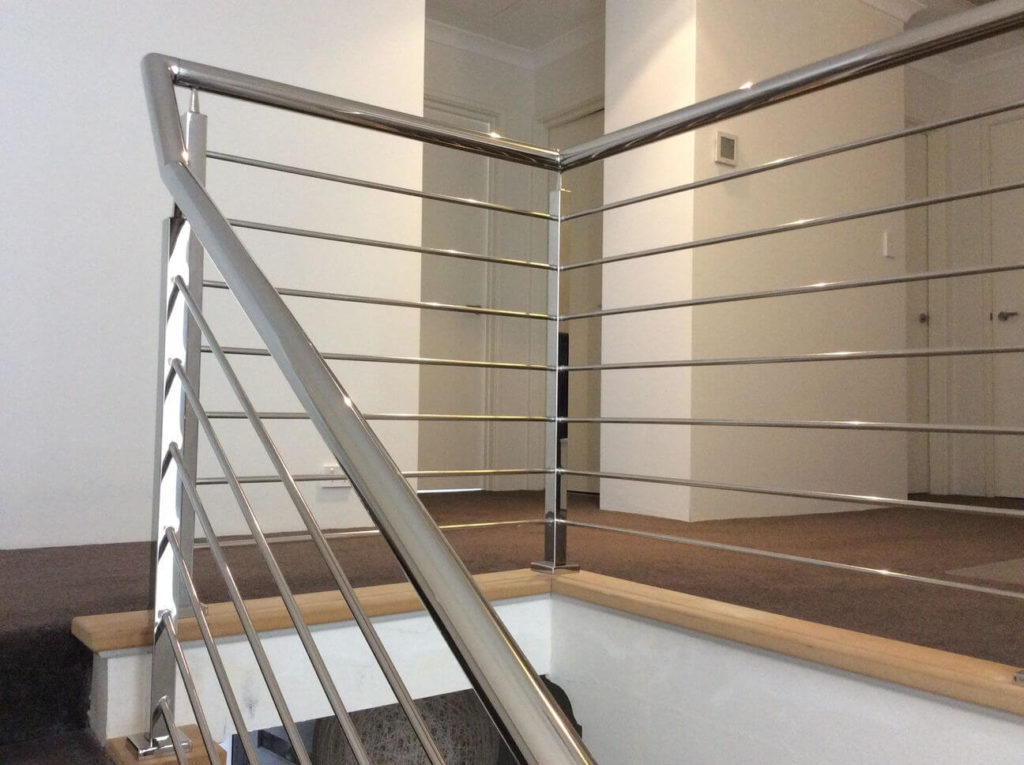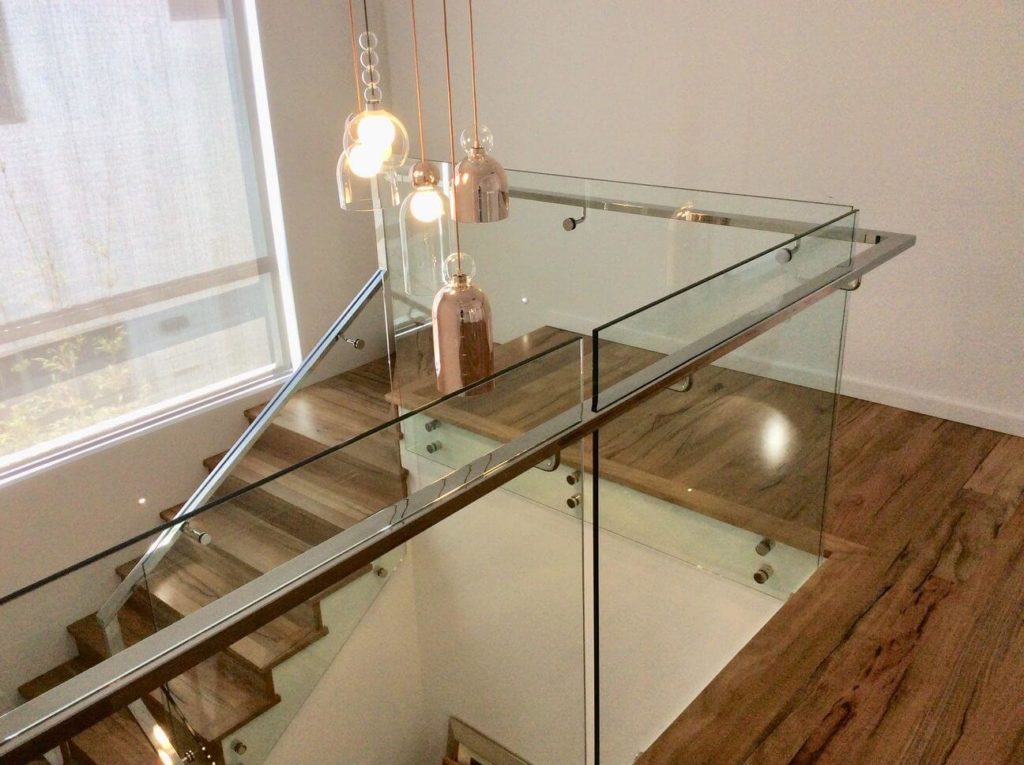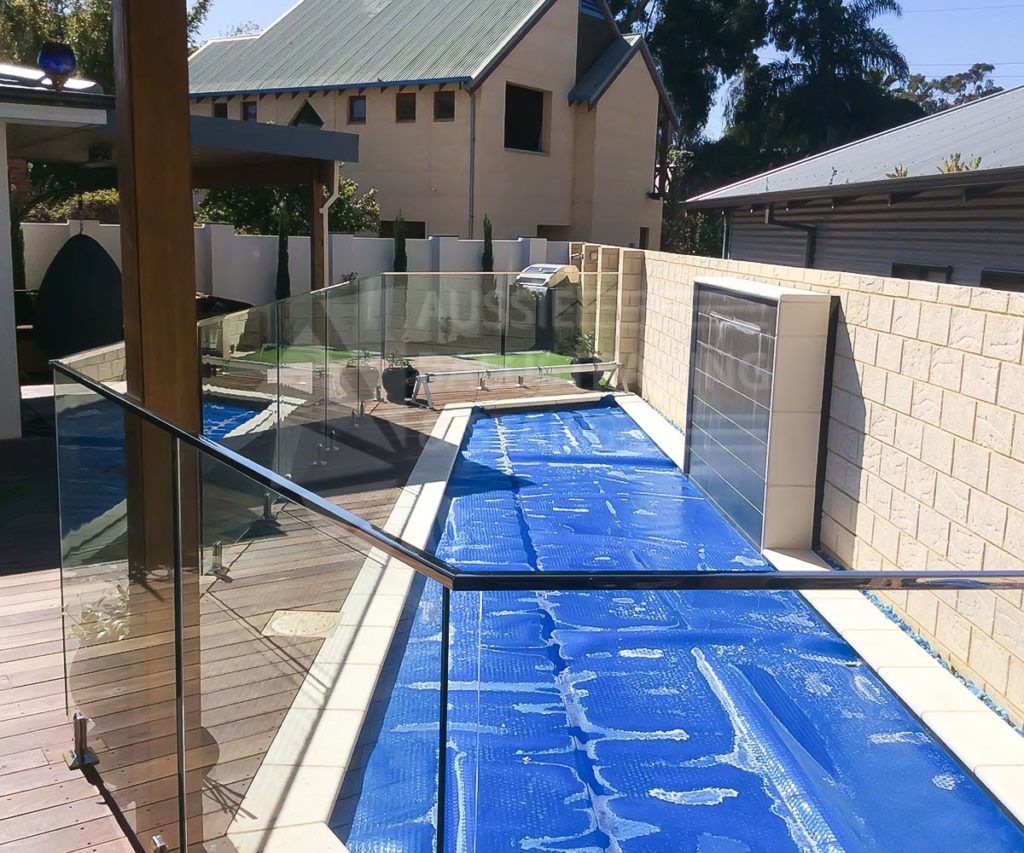One of the best features you can incorporate in your home or commercial space are glass balustrades. Having this instantly makes your spaces attractive and modern because its transparency maximises the use of light in the room and opening the area even more by eliminating visual barriers.
Unfortunately, many people who design their spaces avoid using glass because it is known to be fragile, which could raise safety concerns. However, you should know that glass balustrades have little risks involved when it comes to breakage and shattering.
If you’re still on the fence about using frameless glass balustrades, you’ve come to the right place. In this article, we’ll share with you the numerous regulations and requirements in building and designing glass balustrades. This way, you’ll understand why it’s a durable, attractive and a safe choice for your space. Let’s start!
Are they safe?
One of the most common questions customers ask is if glass balustrades are safe. You should know that if installed professionally and if the fixtures are legislation-compliant, then it is incredibly safe.
Various building regulations exist to ensure your safety. Some policies have requirements for barriers in residential or commercial buildings, including specific requirements with barriers made of glass. In this regulation, it defines the type of glass you can use, its required height and other glass balustrade laws.
What type of glass is used?
One of the key factors that make glass balustrades safe is the type of glass used and its thickness. For this reason, building regulations specify what is suitable when constructing a glass balustrade.
Usually, toughened or tempered glass is used for glass balustrades because they go through a process that strengthens the glass by up to four times, making it extremely safe and hard to break.
Another type of glass that can be used is laminated glass. Laminated glass is made by layering thin sheets of plastic between each layer of glass. With this, if a layer breaks, the second layer should still be standing.
As for the thickness, the minimum thickness is 10mm, but for specific spaces and situations, it could go up to 21.5mm.
What height should my glass balustrades be and do they need a handrail?
Depending on the purpose of your building, the required height of your balustrade may vary. In homes, internal glass railings must be at least 900mm in height, and for external balustrades, they must be at least 1100mm.
If you want to install frameless glass balustrades, it’s possible; however, there are regulations that you need to follow for frameless balustrades because they need to stay secure even when they experience damages.
Are glass balustrades child-friendly?
One of the biggest concerns of homeowners or building owners when installing glass balustrades is if they’re child-safe. Because balustrades follow numerous regulations, this type of fixture is child-friendly.
Wooden or metal railings hold more risks for children because they can be visually overwhelming that could cause injury if they start becoming curious and stuck their arms and fingers through slats and gaps. With glass balustrades, you can minimise these instances without compromising the look of your space.
Conclusion
If you’re thinking of installing frameless glass balustrades in your home or building, they’re definitely the right and safe choice. When you work with a reliable balustrading supplier, you can be assured that their glass balustrades follow all glass requirements and that they will follow building protocols when installing these fixtures. This ensures your safety while keeping your space aesthetically pleasing.
Are you looking for a frameless glass balustrade supplier? Aussie Balustrading has what you need. We are a top balustrading supplier that sells steel stairs, wireless balustrading and glass balustrading for residential and commercial spaces. Learn more about our services today!




